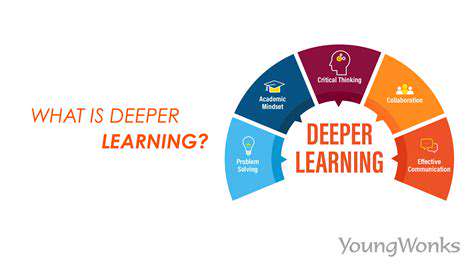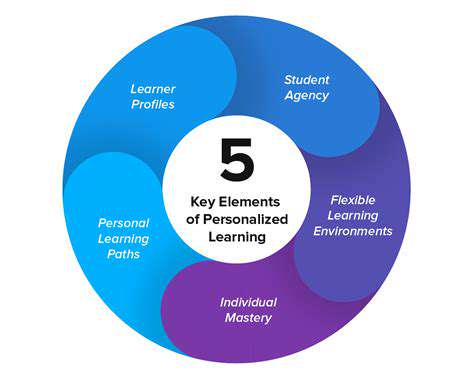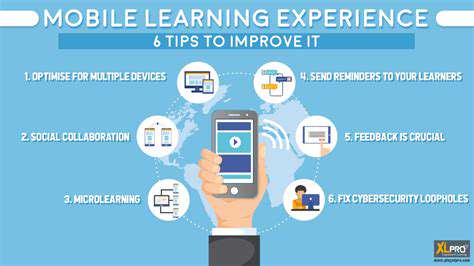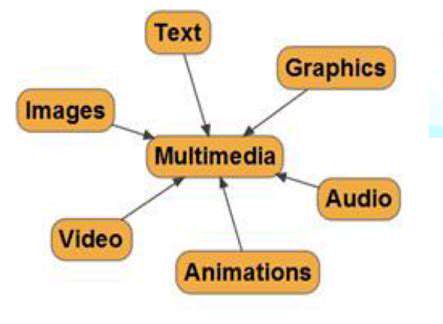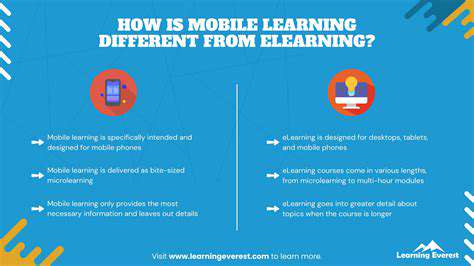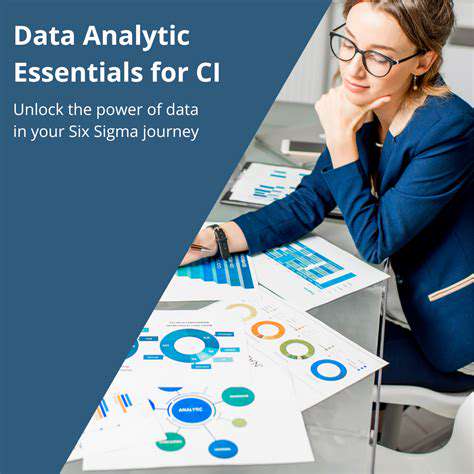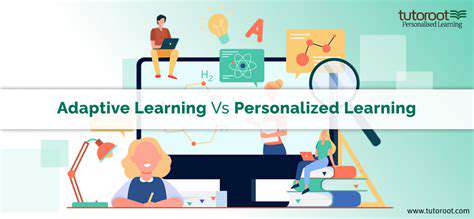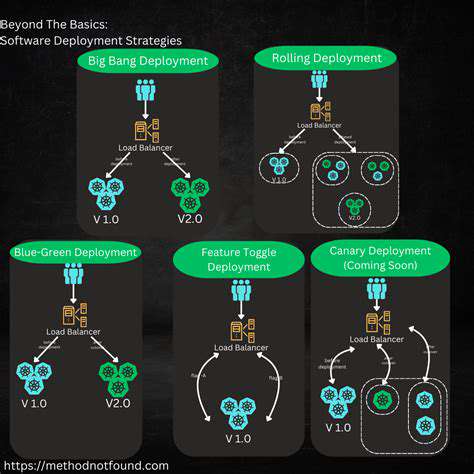Geofencing Marketing: Targeting Local Customers
Understanding the Core Concept
Geofencing, at its heart, is a technology that defines geographical boundaries. These virtual perimeters, established using GPS, Wi-Fi, or cellular data, trigger specific actions when a device (like a smartphone) enters or exits that area. This simple yet powerful concept forms the bedrock of geofencing marketing, allowing businesses to pinpoint and interact with customers in their immediate vicinity. It's a sophisticated approach to localized marketing that leverages real-time location data for unparalleled precision.
Defining the Geofence
Creating a geofence involves meticulously defining its boundaries. This can be a simple circular area around a store location or a more complex polygon encompassing an entire neighborhood. Accuracy is key, as the effectiveness of geofencing depends on how precisely the geofence encapsulates the target audience. Careful consideration of factors like radius, shape, and location are crucial for optimizing the campaign’s reach and minimizing wasted resources.
Businesses can also define multiple geofences to target different areas or groups within a specific location. For instance, a coffee shop might create one geofence for the immediate vicinity and another for a broader area around the city to reach potential customers.
Triggering Actions: The If-Then Logic
The beauty of geofencing lies in its ability to trigger actions based on location. When a user's device enters or leaves a defined geofence, pre-programmed actions are initiated. This could involve sending targeted advertisements, offering exclusive discounts, or even providing directions to the physical location. This automated process allows for highly personalized and timely interactions, ensuring that marketing messages resonate with customers at the opportune moment.
The Role of Location Data
Geofencing relies heavily on location data, which is crucial for its success. The accuracy and reliability of this data are paramount to the effectiveness of the geofencing strategy. Collecting and analyzing location data requires careful consideration of privacy implications and adhering to relevant regulations, such as GDPR. Ethical data handling is essential to maintain customer trust and build a strong brand reputation.
Marketing Strategies Leveraging Geofencing
Geofencing is a powerful tool for various marketing strategies. Businesses can use it for targeted promotions, special offers, and timely notifications. For example, a restaurant might send a notification about a 20% discount to customers who enter a geofence surrounding their establishment. This allows for immediate engagement and encourages impulse purchases, maximizing the potential return on investment.
Real-time location awareness is crucial for businesses to leverage geofencing effectively. This means providing customers with relevant and timely promotions based on their current location.
Measuring and Optimizing Results
Like any marketing strategy, geofencing requires careful monitoring and optimization. Tracking key metrics, such as engagement rates, click-through rates, and conversion rates, is essential for understanding what's working and what's not. Analyzing the data collected from geofencing campaigns allows for continuous improvement and refinement of the strategies to achieve optimal results. This data-driven approach ensures that marketing efforts remain focused and deliver measurable value.
Regularly evaluating and adjusting geofence parameters, targeting criteria, and the triggered actions themselves can lead to significant improvements in campaign performance. This iterative process allows businesses to fine-tune their geofencing strategy to maximize their reach and impact.
The aviation industry faces a significant pilot shortage, primarily stemming from a combination of factors related to pilot training and recruitment. A key challenge lies in the rigorous and lengthy training process required to become a certified airline pilot. This process, which often takes several years and requires considerable financial investment, deters many potential candidates, particularly those with limited financial resources or who prioritize immediate career prospects. Additionally, the industry's stringent requirements for flight hours and experience create a bottleneck, making it difficult for new pilots to gain the necessary credentials quickly.
Optimizing Your Geofencing Strategy for Maximum Impact

Defining Your Geofencing Goals
Before deploying any geofencing strategy, it's crucial to clearly define your objectives. Are you aiming to drive foot traffic to a specific location? Perhaps you want to trigger targeted marketing campaigns based on customer proximity. Clearly outlining your desired outcomes will guide your geofencing strategy and ensure you're measuring success effectively. A well-defined goal sets the stage for a successful geofencing implementation.
Consider the specific metrics you'll track to measure success. Will you count the number of app opens, in-store visits, or completed transactions within the defined geofence? These metrics will provide valuable insights into the effectiveness of your geofencing campaigns and enable data-driven adjustments to improve results.
Understanding Your Target Audience
A crucial aspect of optimizing geofencing is understanding the behavior and location patterns of your target audience. Thorough market research and data analysis will help you identify the optimal geofences to reach the most relevant customers. This data can reveal specific areas where your target audience is concentrated, allowing for more precise and effective geofencing campaigns.
Choosing the Right Geofence Types
Different geofencing types cater to various needs. A simple geofence can trigger an action when a device enters or exits a specific area. A more sophisticated approach might involve a dynamic geofence, adjusting boundaries based on real-time data to ensure maximum engagement.
Consider the nuances of your business and the desired outcome when choosing the appropriate geofencing type. Selecting the right geofencing type is critical for maximizing the effectiveness of your geofencing strategy. A poorly chosen type can lead to wasted resources and a lack of desired results.
Implementing and Testing Your Geofencing
Once you've defined your goals, audience, and chosen the geofencing type, the next step is implementation. Carefully map out the geofence boundaries, ensuring they accurately reflect your target areas. Testing is paramount to identify any potential issues or inefficiencies. Thorough testing will help ensure your geofence triggers accurately and effectively.
Analyzing and Refining Your Strategy
Regularly analyzing the performance of your geofencing campaigns is crucial for optimizing results. Track key metrics, such as engagement rates, conversion rates, and the number of users interacting with your geofence. Identifying areas for improvement and making necessary adjustments will maximize the return on investment of your geofencing strategy. This iterative process of analysis and refinement is essential for long-term success.
By continually monitoring and evaluating your geofence performance, you can fine-tune your approach and ensure your campaigns remain effective and efficient.
Read more about Geofencing Marketing: Targeting Local Customers
Hot Recommendations
- Attribution Modeling in Google Analytics: Credit Where It's Due
- Understanding Statistical Significance in A/B Testing
- Future Proofing Your Brand in the Digital Landscape
- Measuring CTV Ad Performance: Key Metrics
- Negative Keywords: Preventing Wasted Ad Spend
- Building Local Citations: Essential for Local SEO
- Responsive Design for Mobile Devices: A Practical Guide
- Mobile First Web Design: Ensuring a Seamless User Experience
- Understanding Your Competitors' Digital Marketing Strategies
- Google Display Network: Reaching a Broader Audience

